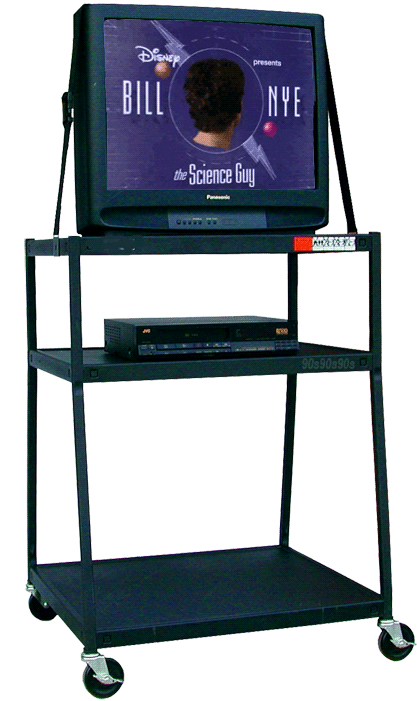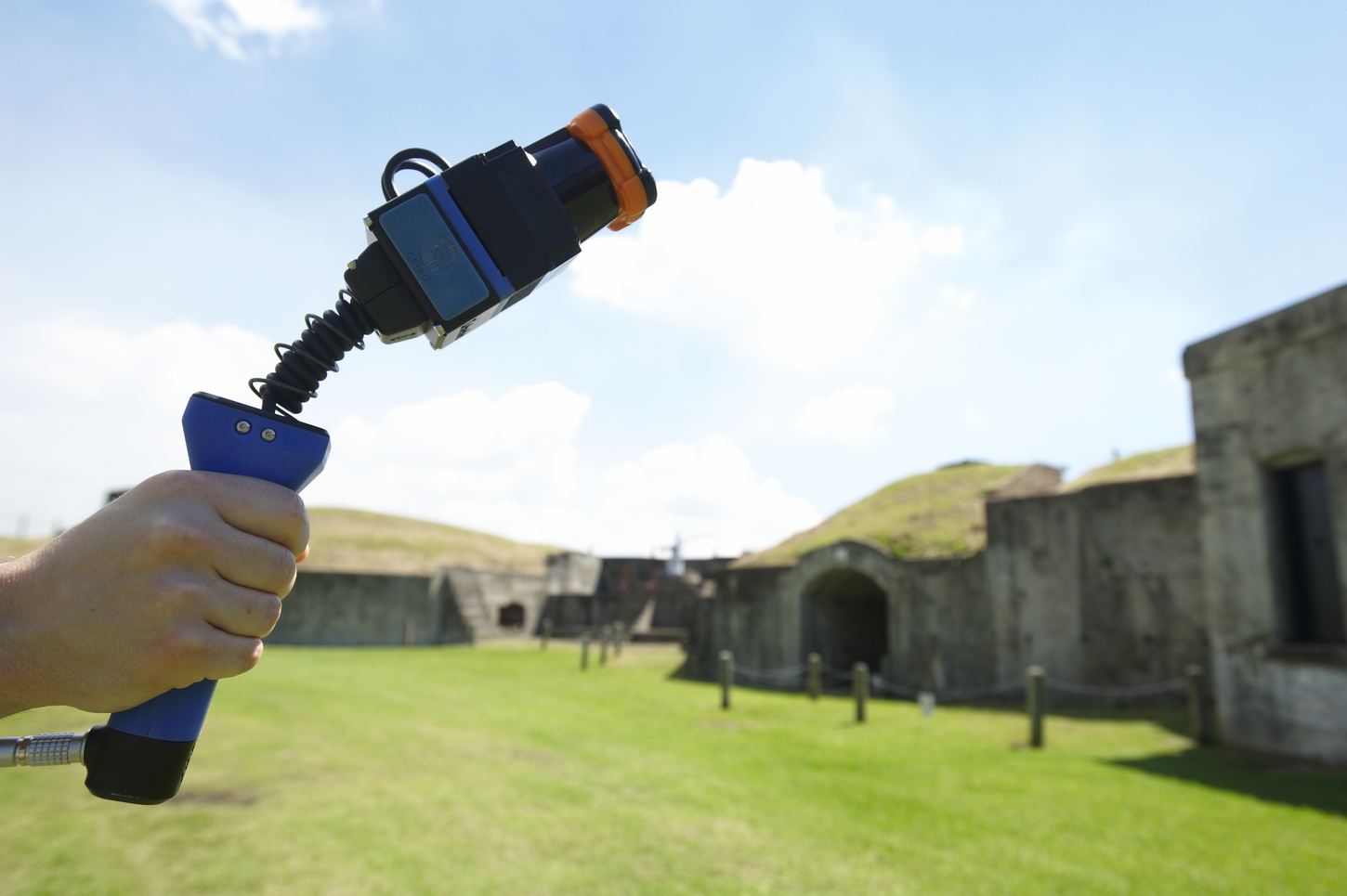
TV on a mobile stand showing Bill Nye the Science Guy.
This is about as high-tech as education got in the 90s. Image: Tumblr
Education has come a long way since the ‘chalk and talk’ classes of the 90s. Back then the most exciting pieces of technology in our school classroom were an overhead projector, the videos we watched on a chunky TV that moved on wheels and the single Apple Mac computer we used for word processing.
Today’s classrooms seems a world away with laptops, tablets, smart boards, video conferencing, webinars, blogs, online videos, educational games and social media now par for the course.
One of the fields taking advantage of this shift in technology and learning is online educational games. A 2010 study of the use of 3D teaching and learning conducted by four Boulder Valley schools in Colorado found that 3D technology stimulated high student interest in, sustained focus on and solid retention of learnt content.
A real life 3D virtual world
‘Gamifying’ educational information is not a new concept. For years, educators have been incorporating game based elements into tasks and activities to teach, persuade and motivate. The reason it works so well is that it can encourage attitude and behaviour change which can be carried through to real-world applications.
Our clever computer scientists are looking to take this concept one step further. They’ve teamed up with 3PLearning, the creators of world leading e-learning tool Mathletics, to transform the real world into the digital world.
Together they are developing a range of new digital environments that replicate real life iconic locations for a new tool called IntoScience – an online science education game that allows secondary students to explore a range of unique 3D learning environments from their computer, iPad or classroom smart board.

IntoScience lets students explore the wide world from the comfort of their classroom.
Using their own customisable avatar students begin the journey in their own research lab. As they progress through quests, they explore the surrounding environment and test their science skills to complete inquiry based tasks with their robot helper Lawrence.
IntoScience could one day make online incursions a reality for students who may never get the chance to visit Australia’s most iconic sites. They can walk beneath the dense canopy of the Daintree rainforest, understand the forces holding up the Sydney Harbour Bridge or explore the life found amongst the elaborate underground structures of the Jenolan Caves without leaving the classroom.

Zebedee scanner in use at Fort Lytton
Our Zebedee scanner in action at Fort Lytton.
But it doesn’t stop there. Our home grown laser scanner Zebedee is also being used to create the realistic online environments. The scanner swings back and forth on a spring to capture millions of detailed measurements, generating accurate 3D maps of pretty much anywhere, from caves and forests to buildings and even the leaning tower of Pisa.
By combining these 3D maps with 360 degree high-definition panoramic video (like the one on our Museum Robot’s head), we’re creating online spaces that will mirror real-life environments. This means students could transition from exploring one location in the virtual world to viewing a high definition panoramic video of the exact same place in the real world.
***
Teachers and students can register to participate in a free trial of IntoScience and the new environments.
This project is funded by the Australian Government.
Media: Sarah Klistorner T: +61 2 9372 4662 M: +61 477 716 031 E: sarah.klistorner@csiro.au

